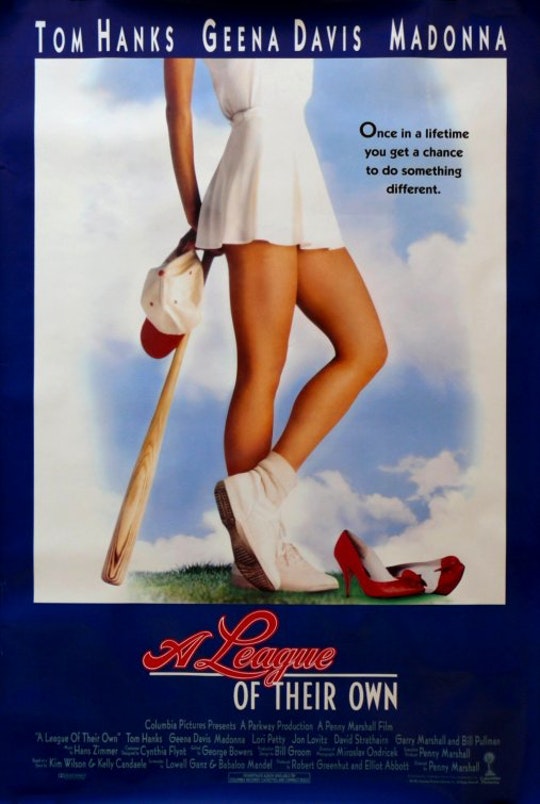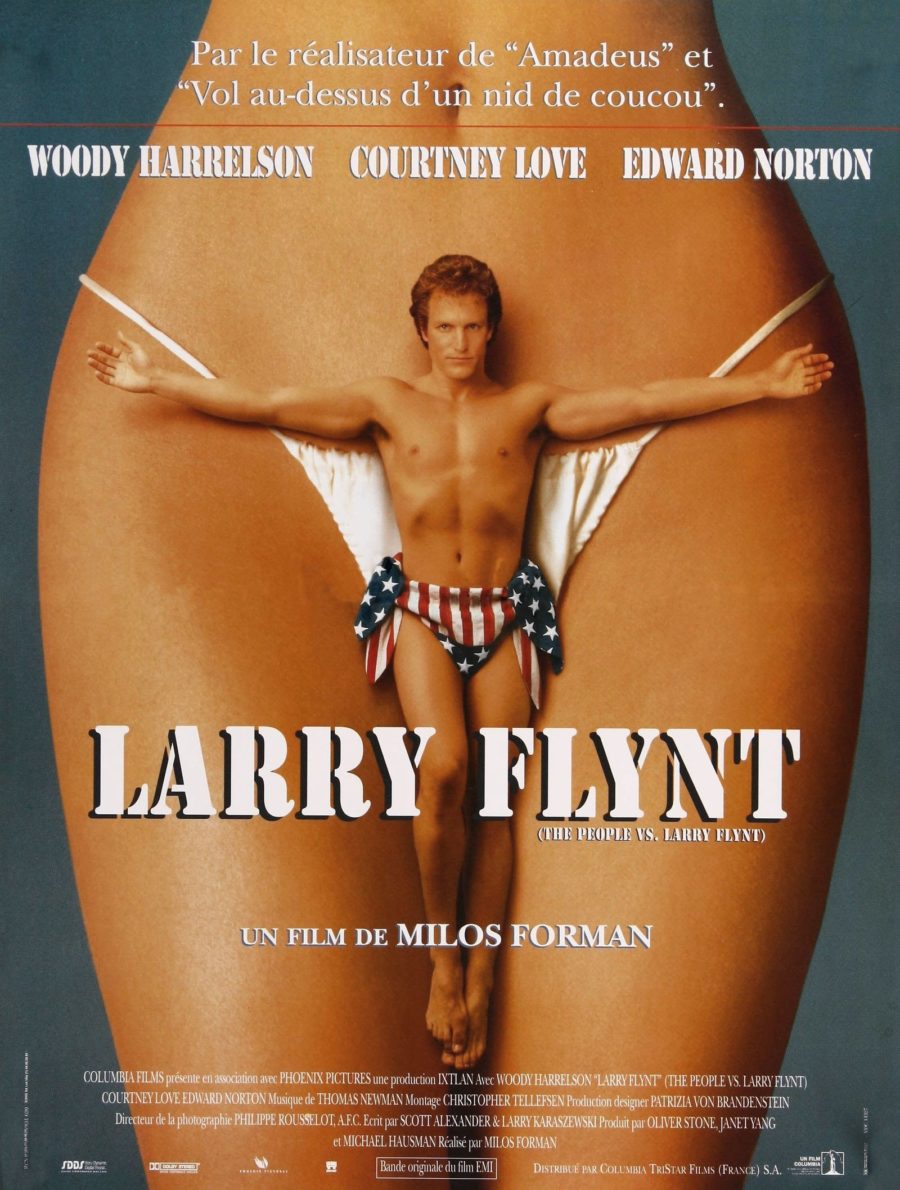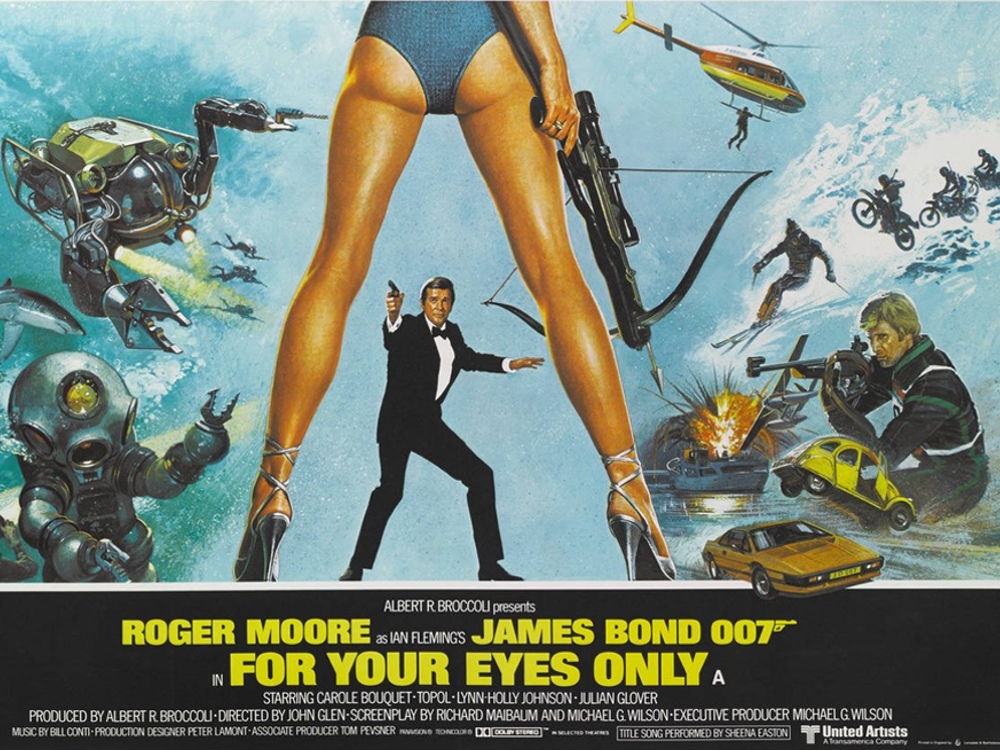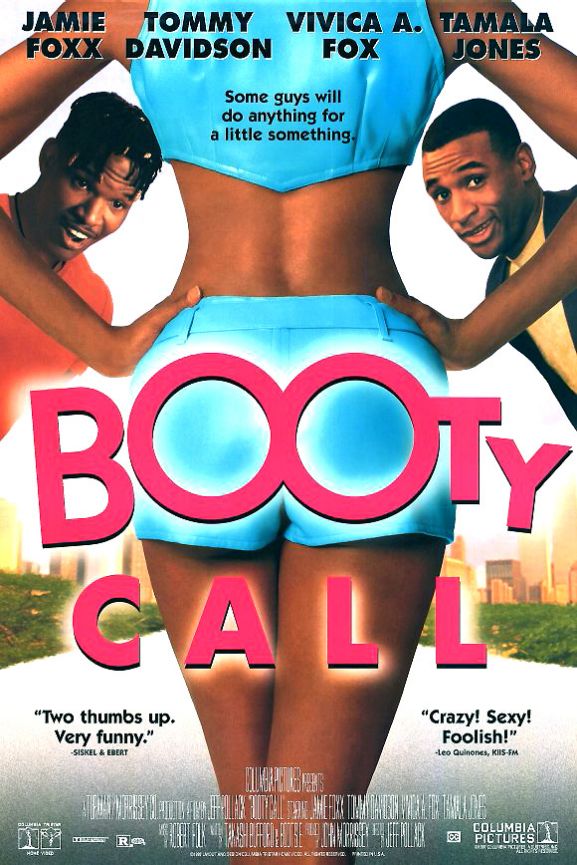From the iconic “For Your Eyes Only” poster to promotional material for the “Minions” movies, headless women are as common in Hollywood as pearly whites and Botox. Whether it’s breasts, lips or legs, disembodied female anatomy is a trope so prevalent in movie marketing that it barely causes us to bat an eyelid. However, the blog Headless Women of Hollywood refuses to remain complacent.
Headless Women of Hollywood and its accompanying Twitter account run by comedian, writer and musician Marcia Belsky calls attention to the ridiculous wealth of promotional material that reduces women to individual body parts by removing their head from the picture. Though Belsky’s blog and Twitter have been around since April 2016, they’re back in the spotlight in the wake of the #MeToo and Time’s Up movements.

Belsky told Scroll.in that she started the blog after learning of the “headless woman” phenomenon in a college lecture: “I had a professor in college, Robert Goldman, point out this advertising trope to me where women’s sexualised bodies and body parts were made interchangeable to one another.” Even after class was dismissed, Belsky couldn’t help but see the technique everywhere. She decided to compile her findings to show just how common it is. Belsky accompanies the examples she features on her blog and Twitter with hilarious captions, and happily accepts fan submissions.

On why the project is important, Belsky says, “By decapitating the woman, or fragmenting her body into decontextualized sexual parts, she becomes an unquestionably passive object to the male gaze. The question of her consent is removed completely alongside her head, and her purpose becomes solely that of being looked at by men obediently. Her value is that only of her sexual appeal to men, and not of her personhood.” In other words, the phenomenon of the headless woman enforces, and is evidence of, rape culture.
Though chiefly used in advertising for teen comedies (“American Pie,” “Porkys”) and reality television (“Beauty and the Geek” is a particularly heinous example), the trope appears across a range of genres including historical dramas (just check out the poster for “The Tudors”), action (“Kingsmen”) and horror (“Rings”). It’s not just relegated to film and TV either—books, magazine covers and product advertising all get in on the game.
Happy anniversary to truly the most impressive example of @HlywoodHeadless I ever found pic.twitter.com/qGDsIR0c8K
— Marcia Belsky (@MarciaBelsky) March 12, 2018
Additionally, it’s not just media aimed at men that decapitate women. The technique is used when marketing to women, too. Just look at the 2006 book cover for Sex and The City. As Carrie Bradshaw herself says in season five episode “Cover Girl,” “no matter how fast-paced the city, I always manage to get my clothes on before I leave the apartment.” Clearly, the marketing department at Warner Books thinks differently.
The poster for 1992 classic “A League of Their Own” is another culprit. Cited by XOJane as an overlooked feminist triumph, the movie tells the story of the All-American Girls Professional Baseball League and stars Geena Davis, Tom Hanks and Lori Petty. In 2012, “A League of Their Own” was added to the United States Film Registry for its cultural significance yet its poster—showing another headless woman in a derriere-skimming mini skirt—suggests nothing of its supposedly empowering nature. When directed at women, images of headless women function as aspirational ideals, another way of reinforcing the concept that women should be sexy and compliant.

There’s also a practical reason why the headless woman is so popular: image rights. The right of publicity stipulates that if a model is not recognizable in an image, a brand does not have to pay to use it (click HERE for a guide to model and artist rights). Photographer Indira Cesarine, who has done numerous photoshoots in the USA, UK and France, says that this process is markedly less expensive for advertisers: “If you are recognizable in the photos with your face included then advertisers would have to pay you fees for using your likeness in the campaign. For example, if an image is shot in the street or in a public place, that person can only demand payment from a brand if they are recognizable in the images. Technically, that means that their eyes must be visible as that is the most recognizable feature on the face. It is also common in produced shoots to cut off the faces or eyes of models so they don’t have to pay them extra fees for advertising.”
Obviously, this explanation doesn’t excuse the blatant sexism in many of these campaigns. Cesarine says, “I think body parts in images that focus only on breasts or other sexualized parts of the body are obviously just objectifying the person versus trying to avoid paying extra rights, although it might be a combination of both—not only is it cheaper for them to use these images, but as they say, ‘sex sells.'”
This @TheMarySue article is great & points out something I mentioned on the blog but not on the thread.Women of color are, more often than not, left off of movie posters (and out of movies…) entirely.
If they are present, many are treated the same. https://t.co/oPNCGiFGQH pic.twitter.com/D2qFV0cfiY
— Marcia Belsky (@MarciaBelsky) March 13, 2018
Besides reducing women to body parts, there’s another issue with these kinds of images: they’re overwhelmingly white. It may seem counterintuitive to complain about minorities not being objectified in the media, but using only white models suggests that women of color are not as desirable as their paler counterparts.
Weight is another big problem. All of the body parts featured are often unrealistically thin (just look at the poster for “Larry Flynt”), yet again enforcing harmful beauty standards. A quick scan through the images featured on Headless Women is ample evidence of society’s unrealistic weight ideals.

Belsky tweeted: “To constantly take women’s heads out of sexualized images of our bodies does so many things. It signifies to us that not only are our desires not important, they don’t even exist. It teaches us to strive for an ideal body whose reward, if achieved, is becoming interchangeable.”
Unfortunately, this power structure is so deeply engrained that it’s unclear whether or not Hollywood will ever change. “The boys’ club of Hollywood, and everyone invested in maintaining it, will not fall easily,” Belksy says.






